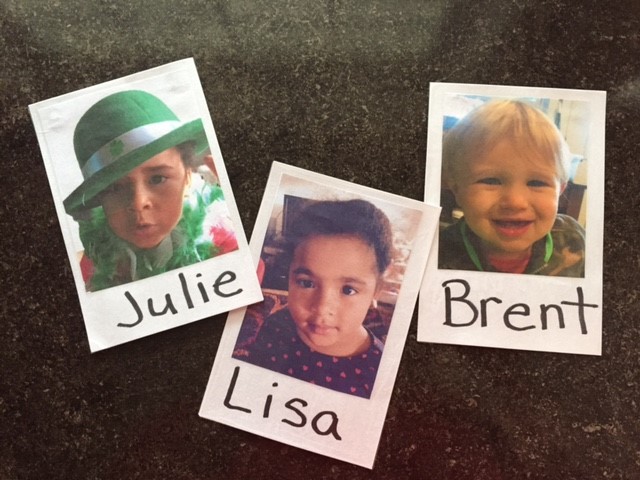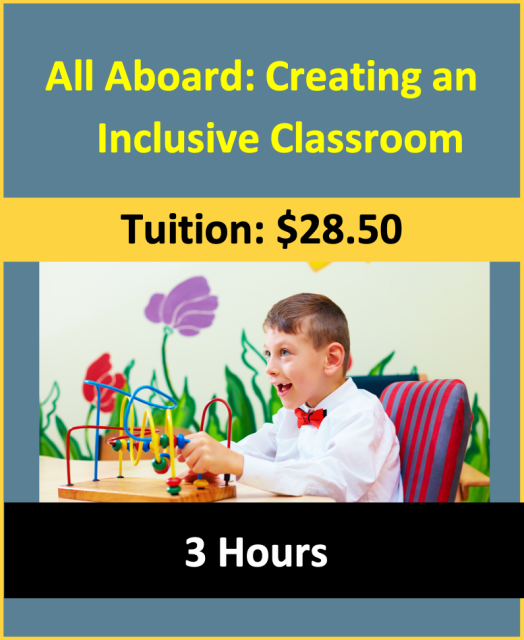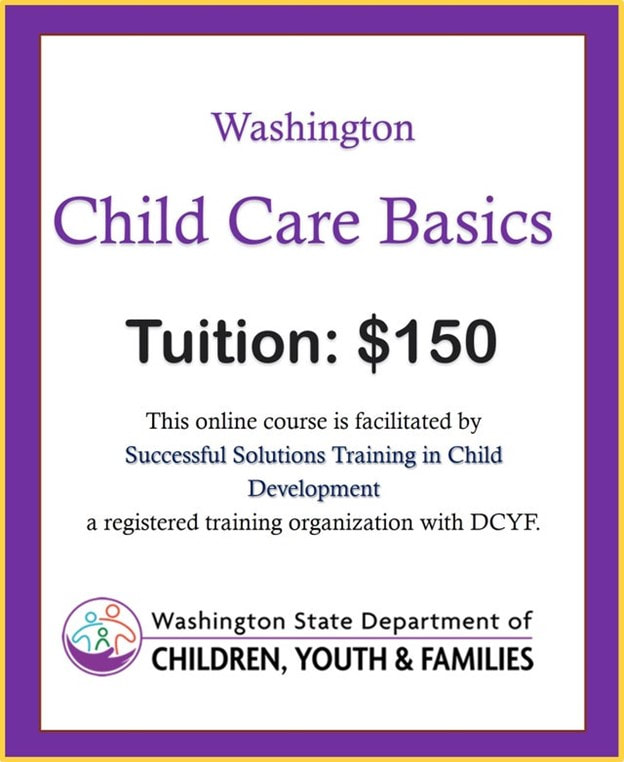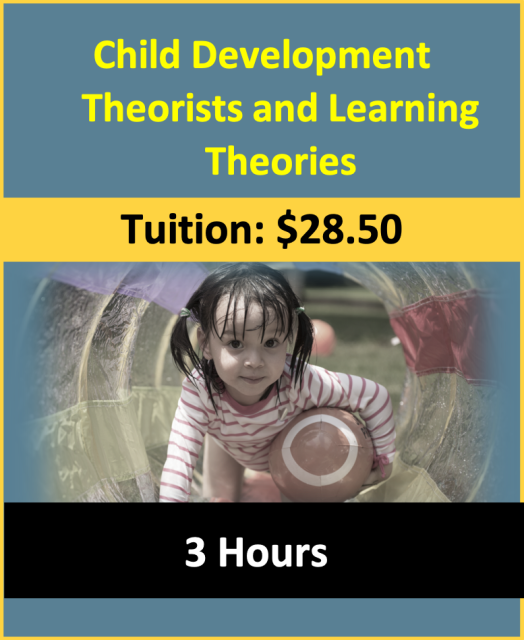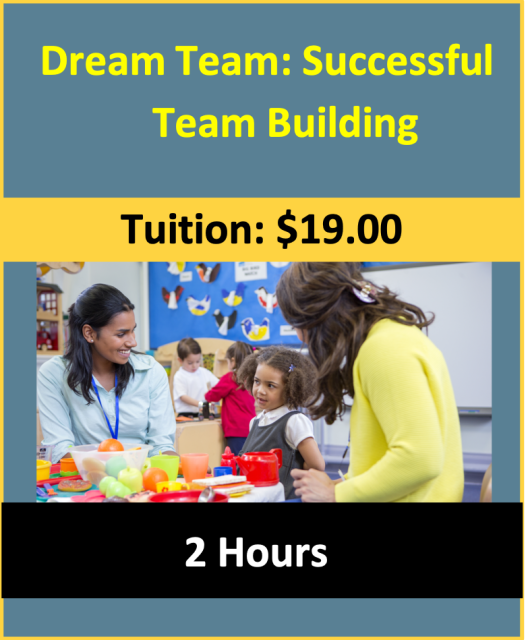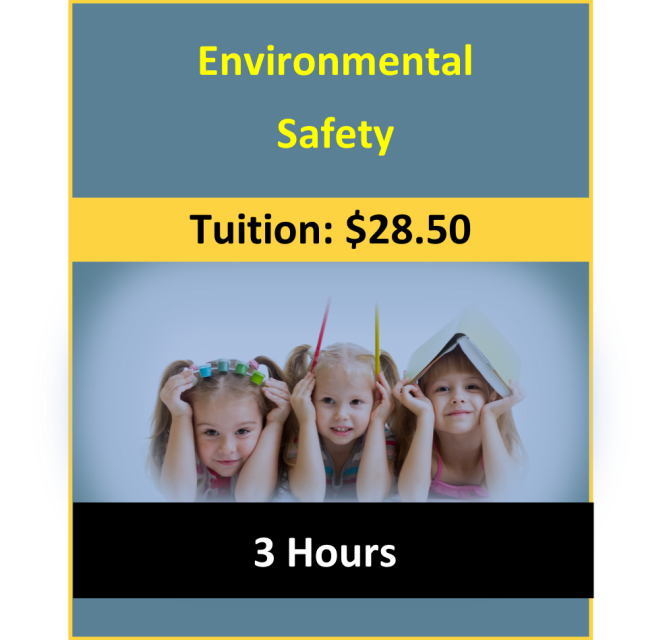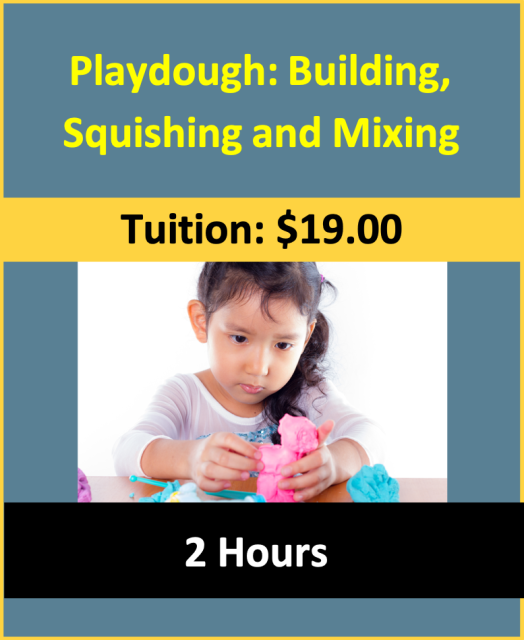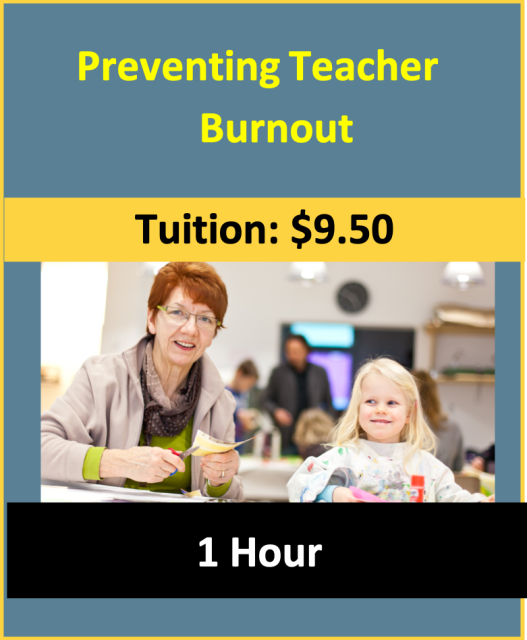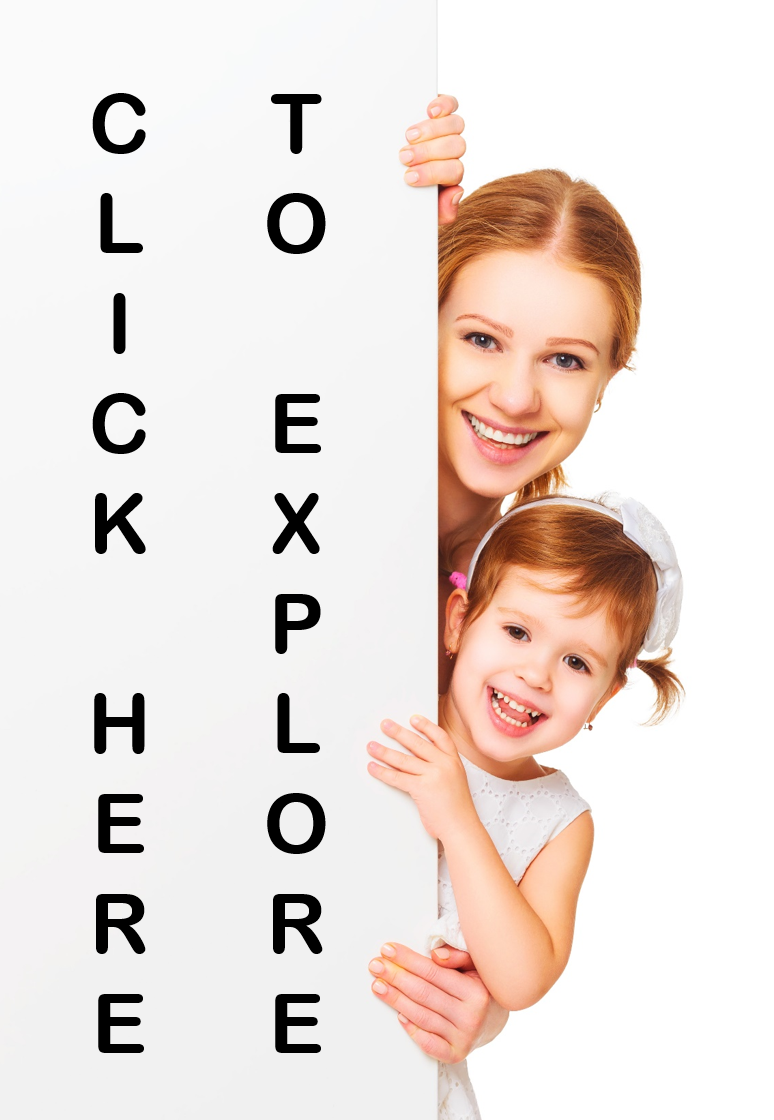Face Cards
Lesson Plan:
|
Activity:
Face Cards
Lesson plan developed by Ms. Debra Hasbrook, M.Ed.
Age Group:
* Lesson plan objective and assessment can be adapted to use this activity with school-age children.
Objectives:
Child will:
III.9.3a
|
Materials:
- happy, sad, mad, tired, and surprised of each child
- 5x7 cards
- laminate or clear contact paper
Procedure with Face Cards:
- Take pictures of each child in your classroom showing happy, sad, mad, tired, and surprised. Print off and cut out each child’s individual faces then affix them to the same number of 5x7 cards, but leave room at the bottom to write their name. Use laminate or contact paper to make them last longer.
Anticipatory Set:
- Set out at a small table set for two, two stand up mirrors. Set out books on faces, pictures of interesting and diverse faces, paper, clipboards and crayons.
- Read stories that share the diversity of different faces, emotions and situations
Play face-off:
- Set out two chairs and have two children sit facing each other. Give each child a hand held mirror. Have child “A” make a face, have child “B” try to copy child “A’s” expression. Have both children look in the mirror as they make their faces.
- Set out or attach mirrors of different shapes and sizes on the walls and in learning areas. Provide props such as hats, boa’s, scarves, glasses, and costumes etc.
Additional
Activities:
Activities:
- As children arrive have them move their face to the “I’m here” side of the chart.
- When creating small groups, put the children’s’ face cards who will work in the group on a chart with the teacher’s picture who is facilitating the group and the time for the small group activity.
- Use the faces to tell a story on a felt board. Provide other elements such as trees or animals that might help them get started.
- Create a place for the children to put their picture near the learning area they are exploring. Three spaces on the chart means only three children can be in that area at one time.
- You can use the face cards on an emotion chart by letting the children pick the face that describes the way they are feeling that day and placing it on the chart. Let the children know that they can choose to replace their emotion face with another throughout the day. Don’t be concerned if a child always picks a particular face, such as sad or angry, they may just like that picture of themselves.
- One way to help the children recognize their name, and that of their friends, is to use the face cards during circle or transition. Hold up one face card to the group of children and ask them who it is. You can also cover the face and show only the names to help children “read” theirs’ or their friend’s name. Slowly reveal the picture as children try to guess who it is.
- To support name recognition and name writing put the children’s cards in a basket on a small table with paper and pencil. Here they can practice writing their name independently throughout the day.
Assessments:
- Document when children begin to know their name as written on the card.
- Observe if children go to the emotion chart and change their emotion card. Listen or ask open ended questions about why they chose a particular emotion to post.
- Observe whether children are effectively using the face cards when transitioning from one learning center to another.
- Observe whether and how children tell a story using the face cards. Do they just use their card, or do they add their friend’s faces in the story.
- Observe when, how and with whom they use the mirror activities. Listen to conversations to evaluate the child’s social skills and other information that may assist you in meeting children’s needs.
- Observe and document when the child is able to write their name.
Books to support this lesson plan:
- Faces (Hardcover) by Ken Kreisler (Author), Shelley Rotner (Author, Illustrator) – September 1, 1994,This book contains photographs that represent diversity and connection.
- I Saw Your Face (Hardcover) by Tom Feelings (Author), Kwame Dawes (Author) Dial; First Edition (December 29, 2004), This book is a poem, the pictures of children are a collection from the journey of Kwame Dawes.
- Grandpa's Face (Paperback) by Eloise Greenfield (Author), Puffin Books; Reissue edition (May 7, 1996) – May 7, 1996. Tamika’s Grandpa is in the theater practicing making faces in the mirror. Tanika doesn’t understand some of the stern faces he makes and worries that she will do something to make him use that face with her.
Click on the course icon for enrollment information.
Building Community Through Circle Time
A child who is usually productive at circle and has a change in behavior may have one of the following challenges: illness, a toothache, hunger, tired, has family concerns, or maybe her best friend did not come to school that day. Prevention of behavior problems is easier than dealing with them when they pop up. One key factor in preventing challenging behavior is your environment. Keep the room temperature comfortable. Have enough space for the children to sit, recline, or dance comfortably without touching someone else, or fiddle with equipment or materials. How are the children arranged? Do they all pile in, or are there carpet squares or spots for each child? Many teachers ask the children to sit on the edge of the carpet. Having the children sit in chairs works sometimes, but does not lend itself to the movement activities that should be a part of circle time.
Simple activities such as singing a song that has hand or feet movements can work well for circle time with any age group. Giving children an item to hold or pass along the circle can also be a simple way to involve movement in your circles. Likewise, a welcoming song at the beginning of circle time can get all children involved and interested in the group time.
Simple activities such as singing a song that has hand or feet movements can work well for circle time with any age group. Giving children an item to hold or pass along the circle can also be a simple way to involve movement in your circles. Likewise, a welcoming song at the beginning of circle time can get all children involved and interested in the group time.
